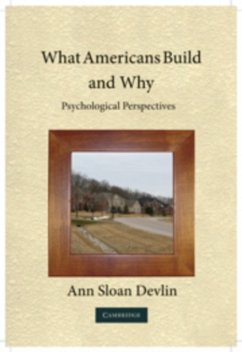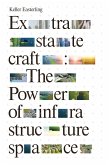"When do homes, schools, health care facilities, workplaces, and shopping centers become too big, too void of community, to do the essential psychological work of sustaining human well-being? In this book, Ann Sloan Devlin's distinctive voice questions how everyday environments came about and how the places where we spend most of our time have evolved to be inauthentic and alienating. Her work sheds light on the invisible 'program' underlying what is built in the U.S. Although the program is often well intentioned, it ultimately has proved to thwart some of our basic human needs for health and well-being. According to Devlin, our quest for a better community will require us to start recognizing the power of these forces shaping the world we construct. She shows how research on human needs and well-being can support the future evolution of the daily built environment into more supportive places that sustain both individual and community needs. Devlin's work is well timed to take on the challenges of creating a more sustainable and humane future."
- Barbara Brown, University of Utah
- Barbara Brown, University of Utah








